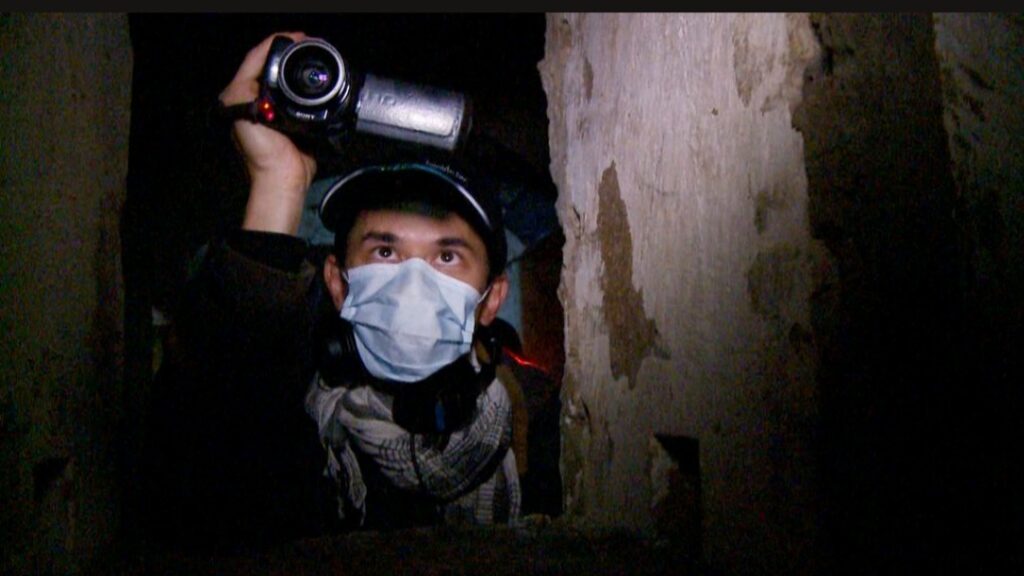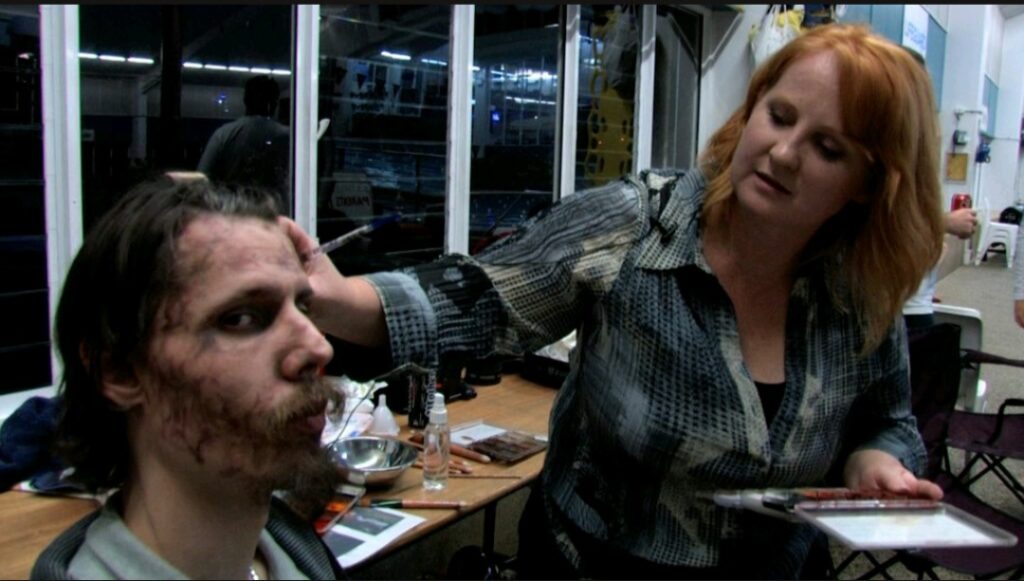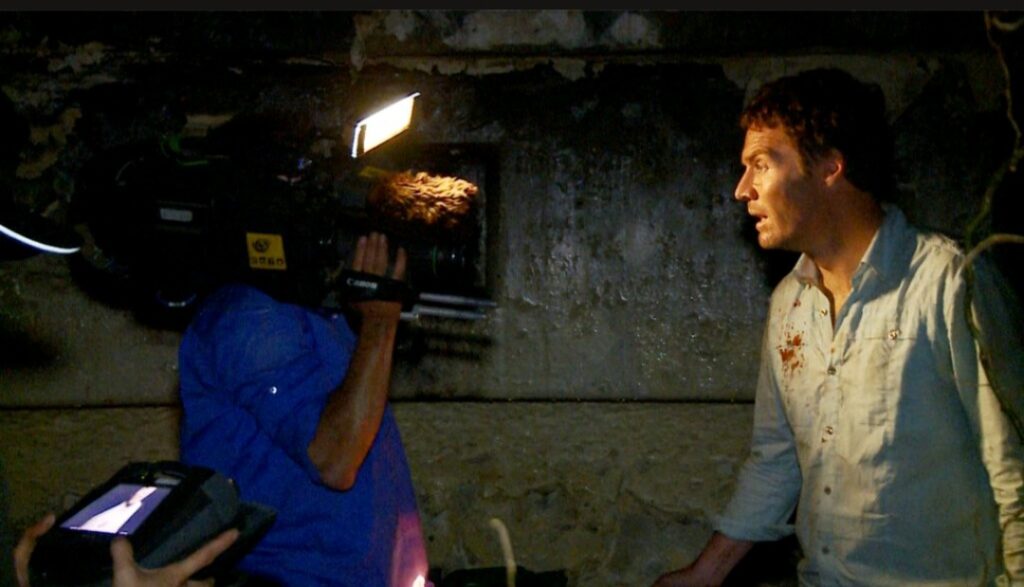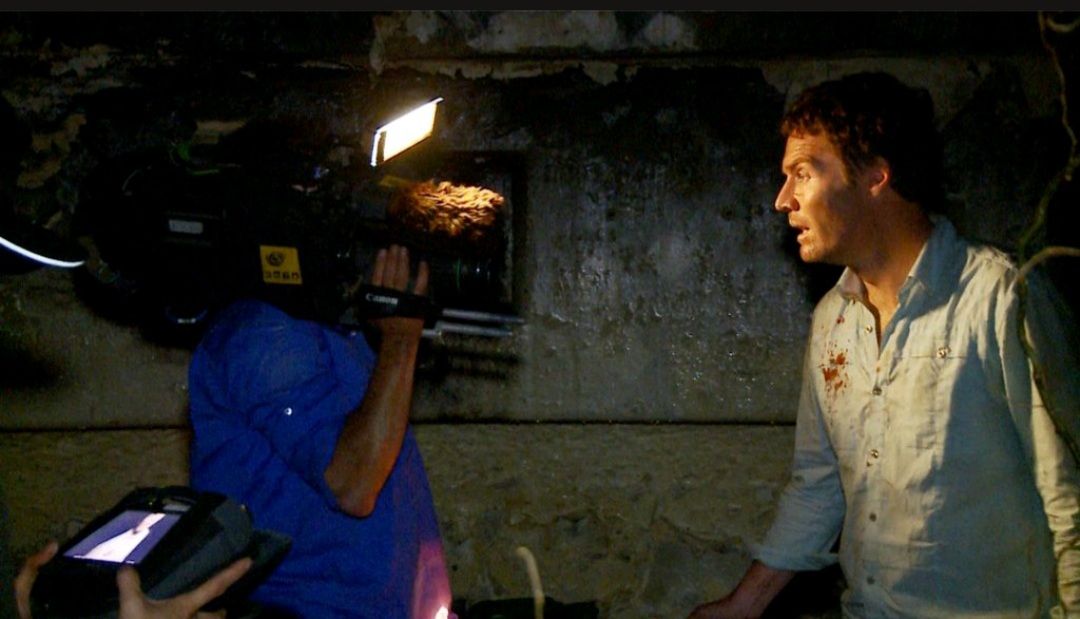Before you could bid farewell to the “found footage film” subgenre, along comes Adrian Nugent’s The Tunnel: The Other Side of Darkness, a documentary about the making of a controversial, unconventional, micro-budget, found footage horror flick. Delving deeply into every aspect of DIY filmmaking, it follows the production from the inception of the idea to the widespread influence the unconventional film had. There’s a saying that no one sets out to make a bad movie – with extremely limited resources, The Tunnel actually ended up pretty good.

Shot in 2011, The Tunnel was conceived as an indie horror feature set in Sydney about a journalist (Bel Deliá) and her crew investigating a government cover-up in abandoned train tunnels. Its budget was accumulated via crowdfunding: the producers, Enzo Tedeschi and Julian Harvey, started to sell the film’s 135,000 frames for $1 a piece to raise financing – an unconventional distribution model, to say the least. Released simultaneously in cinemas, home entertainment and for free via torrent networks, The Tunnel has been watched by 25M+ people within the past decade.
First, an amateur crew was assembled, except for Andy Rodoreda, the one veteran actor on set. The shoot took place almost entirely underground, in decrepit train stations and tunnels. The filmmakers had to avoid asbestos, schedule pushbacks, clean up glass off the nasty floors, and multitask constantly. The line between reality and fiction blurred entirely when unsuspecting witnesses freaked out upon stumbling on the gruesome production.

Nugent masterfully outlines the entire grueling, but also endlessly compelling, process: creating make-up effects (gouged-out eyeballs, etc); the similarities and differences of creative vision; “hijacking” footage of Australia’s Prime Minister; marketing the end result; the importance of inventive key art; and the perils of crowdfunding (the filmmakers were blamed for endorsing piracy).
“You’re throwing yourself into it, it’s indie,” the lead actress states. The Tunnel: The Other Side of Darkness provides fascinating insight for aspiring filmmakers about going against the basic distribution model, examining how indie filmmakers adopt “outside of the box” approaches to get their films seen. It’s an inspiring and endlessly entertaining little doc whose main point is that it’s never too late to start, and a lack of funds does not mean a decent film cannot be made.


